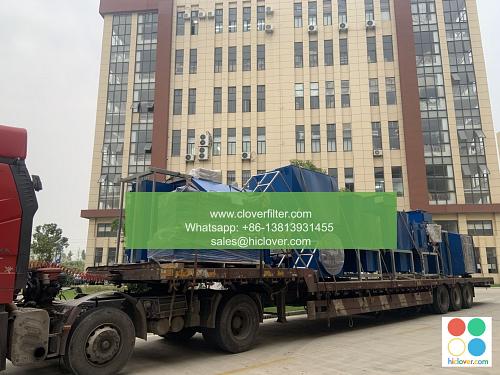Air Quality Monitoring with Air Filter APIs: A Review of Existing Solutions

Air quality monitoring has become a critical aspect of maintaining a healthy environment, and the use of air filter APIs has revolutionized the way we track and manage air quality. In this article, we will review existing solutions that utilize air filter APIs for air quality monitoring, highlighting various application areas and discussing the benefits and limitations of these solutions.
Introduction to Air Filter APIs
Air filter APIs are Application Programming Interfaces that provide real-time data on air quality, enabling developers to build applications that monitor and manage air quality. These APIs typically collect data from air quality sensors and provide information on parameters such as particulate matter (PM2.5 and PM10), ozone (O3), nitrogen dioxide (NO2), carbon monoxide (CO), and sulfur dioxide (SO2). By leveraging air filter APIs, developers can create innovative solutions for air quality monitoring, including mobile apps, web applications, and IoT devices.
Application Areas for Air Filter APIs
Air filter APIs have a wide range of applications, including:
* Indoor Air Quality Monitoring: Air filter APIs can be used to monitor indoor air quality, providing real-time data on air pollutants and enabling building managers to take corrective actions to improve air quality.
* Outdoor Air Quality Monitoring: Air filter APIs can be used to monitor outdoor air quality, providing data on air pollutants and enabling citizens to make informed decisions about their daily activities.
* Smart Cities: Air filter APIs can be used to create smart city solutions that monitor and manage air quality, providing real-time data to citizens and enabling city administrators to take data-driven decisions.
* Industrial Air Quality Monitoring: Air filter APIs can be used to monitor air quality in industrial settings, providing real-time data on air pollutants and enabling industrial operators to take corrective actions to improve air quality.
* IoT-based Air Quality Monitoring: Air filter APIs can be used to create IoT-based air quality monitoring solutions that provide real-time data on air pollutants, enabling developers to build innovative applications for air quality management.
Existing Solutions for Air Quality Monitoring with Air Filter APIs
Several existing solutions utilize air filter APIs for air quality monitoring, including:
* AirNow: A mobile app that provides real-time air quality data using air filter APIs, enabling citizens to make informed decisions about their daily activities.
* PurpleAir: A low-cost air quality monitoring solution that uses air filter APIs to provide real-time data on air pollutants, enabling citizens to monitor and manage air quality.
* Air Quality Index (AQI): A web application that provides real-time air quality data using air filter APIs, enabling citizens to track and manage air quality.
* Smart Air Quality Monitoring System: An IoT-based air quality monitoring solution that uses air filter APIs to provide real-time data on air pollutants, enabling developers to build innovative applications for air quality management.
Benefits and Limitations of Air Filter APIs
The use of air filter APIs for air quality monitoring has several benefits, including:
* Real-time Data: Air filter APIs provide real-time data on air quality, enabling developers to build applications that monitor and manage air quality in real-time.
* Cost-Effective: Air filter APIs are a cost-effective solution for air quality monitoring, enabling developers to build applications at a lower cost.
* Scalability: Air filter APIs can be easily scaled up or down, enabling developers to build applications that meet the needs of different users.
However, there are also some limitations to the use of air filter APIs, including:
* Data Accuracy: The accuracy of air quality data provided by air filter APIs can vary, depending on the quality of the sensors and the algorithms used to process the data.
* Data Coverage: Air filter APIs may not provide comprehensive coverage of all areas, limiting the ability of developers to build applications that monitor and manage air quality in all regions.
Conclusion
In conclusion, air filter APIs have revolutionized the way we track and manage air quality, providing real-time data on air pollutants and enabling developers to build innovative applications for air quality monitoring. While there are several existing solutions that utilize air filter APIs, there are also opportunities for developers to build new and innovative applications that meet the needs of different users. By leveraging air filter APIs, we can create a healthier and more sustainable environment, and improve the quality of life for citizens around the world. You haven’t provided a prompt or question for me to respond to. Please provide more context or information so I can assist you.

